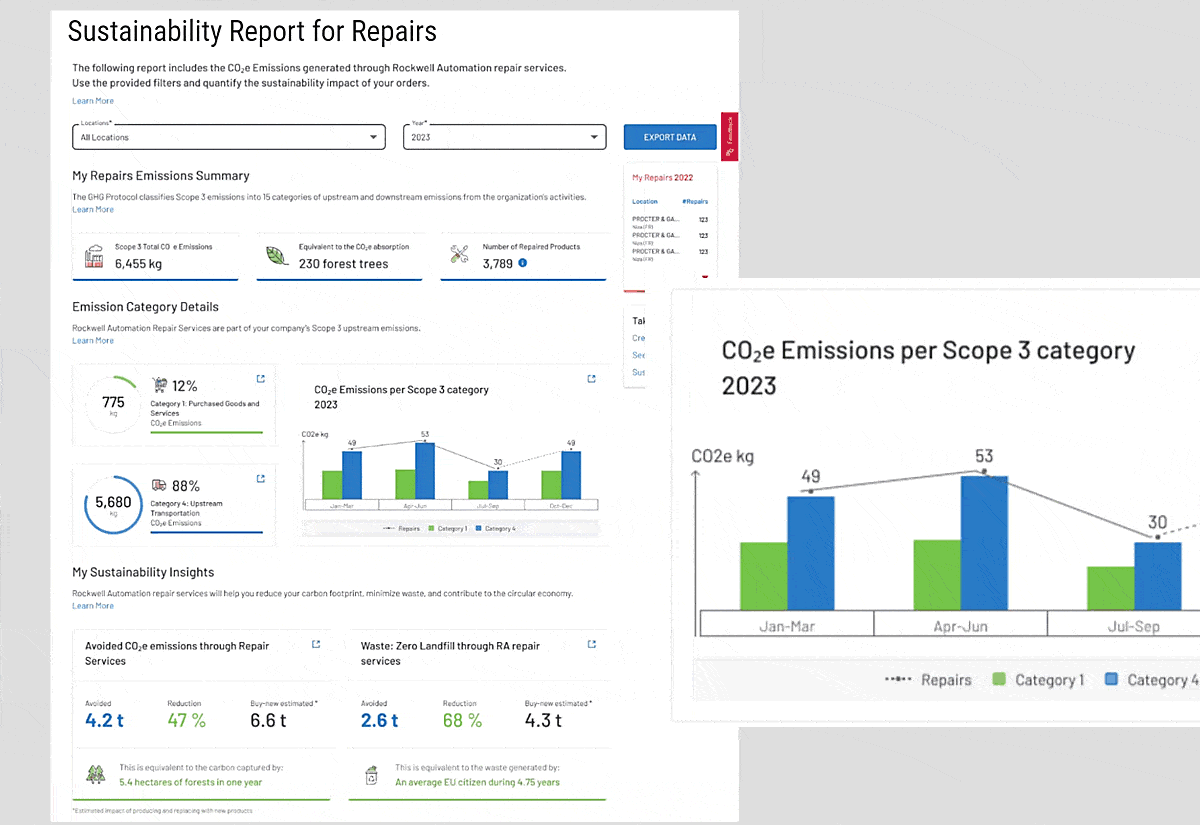By Kal Gal Maggie and AI Winchester reporting for Resource Erectors
The Great Divide: Pre-Programmed Chatbots vs. Intelligent AI
In the bustling hallways of business interaction, two distinctly different entities attempt to serve: the pre-programmed chatbot and the context-aware AI. While both claim to enhance user experience, only one truly delivers on the promise. Today, we expose the former’s flaws and champion the latter’s merits.
Let’s face it: Pre-programmed chatbots are about as useful as a fax machine in the age of fiber optics. These relics of the past operate on a rigid framework of menu games and reply lists, demanding users guess at the exact keywording that might unlock their desired response.
The result? A frustrating game of bot hocus pocus that we could have replicated with Basic coding and a Texas Instrument TI99 computer back in the 80s. It’s hardly fair to say that primitive chatbots are, if they ever were, state-of-the-art.
From the generative AI point of view, they’re analogous to candles after the light bulb or perhaps like 1924 Model Ts compared to 2024 Teslas.
Common Flaws With Antique Customer “Service” Chatbots
- Rigid Menus: Navigate through pre-defined pathways with no room for deviation.
- Keyword Dependency: If you don’t speak their exact language, prepare for a one-way ticket to Frustration-ville.
- Lack of Understanding (Context Awareness): Functioning from compiled lists of responses, inferior non-generative bots are unable to grasp the subtleties of natural language; they fail spectacularly when faced with nuanced queries.
- Real-World Example: This morning’s ordeal with our phone provider demonstrated just how antiquated these systems are. Trying to convey a simple issue, upgrading to a new phone with 5G, felt like negotiating in Morse code. Every answer prompted another irrelevant response, making it clear that these ‘chatbots’ were nothing more than digital mannequins dolled up to impersonate actual AI.
Context-Aware AI: The Future is Now
Contrast this with context-aware AI, and the difference is night and day. These advanced systems are designed to understand, learn, and adapt—characteristics that are alien to their pre-programmed predecessors.
Key Features and advancements include Context Awareness. Unlike their rigid preprogrammed predecessors, large language model (LLM) AIs comprehend the context of user queries, making the interaction smooth and intuitive.
Specified Secondary Training is another big dealbeyond the capabilities of antique chatbots relying on intuitive human-written lists of return messages. Enhanced with secondary training tailored to specific industries, context-aware AIs can learn as they work with human users, and respond with precise and relevant information, minimizing guesswork and maximizing efficiency.
Natural Language Processing in AIs is currently at the leading edge of artificial intelligence, but there is a long way to go before all diverse customer service tasks can be delegated without human intervention. Genuine AIs with ML (machine learning) capability grasp the subtleties of human language, understanding slang, idioms, and even sarcasm. This allows for a more human-like interaction that builds trust and satisfaction.
Should Obsolete Chatbots Be Banned From Business Networks?
You be the judge:
1. Inefficiency: Time is money; these chatbots are monumental time-wasters. Their inability to grasp context or diverge from their script frustrates users and drags down productivity.
2. User Frustration: The customer experience is paramount. Chatbots often compound issues rather than resolve them, leaving users more exasperated than before.
3. Reputation Damage: Consistently poor interactions with chatbots can tarnish a company’s reputation, portraying it as out-of-touch and unresponsive.
4. Hindrance to Genuine AI Adoption: The widespread use of these inferior systems casts a shadow on AI as a whole, making businesses, not to mention their customers, skeptical of adopting more sophisticated solutions that could significantly benefit them.
Avoiding and banning these pre-programmed chatbots is not just a preference—it’s a necessity. Businesses must invest in context-aware AI that evolves with user interactions, learns from each engagement, and continuously improves. Only then can the digital customer service landscape achieve its full potential, delivering real value and fostering genuine connections.
In essence, it’s time to retire those clunky chatbots and embrace the intelligent, context-aware AI that represents the future of customer service. Don’t settle for AI impersonators when the real deal can transform your business interactions.
The Real Deal For Heavy Industry HR at Resource Erectors
Don’t settle for less when it comes to your company or career. With decades of specialized heavy industry recruiting experience in mining, manufacturing, construction, civil engineering, bulk materials, sales, safety, and more, Resource Erectors can help you avoid the high cost of vacancies in your organization.
For top-tier professionals on the way up in the heavy industry arena, our industry-leading companies are offering lucrative 6-figure opportunities all across the US, so make sure to check out the Resource Erectors Job board for your next step up.











